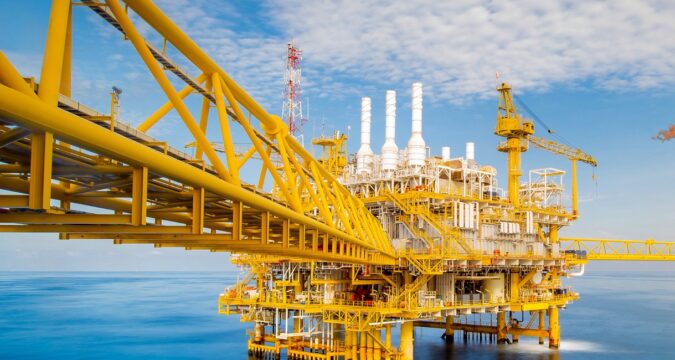
Oil and gas facilities are critical infrastructures that play a vital role in the energy sector and the economy. However, these facilities are also vulnerable to security threats, including theft, sabotage, and terrorism. In this article, we will explore the precautionary steps that organizations in the oil and gas sector can take to enhance their oil & gas security and protect their facilities, employees, and communities.
Conduct regular risk assessments:
Regular risk assessments can help organizations identify and assess potential security threats to their facilities and take appropriate steps to mitigate them. This includes evaluating the vulnerability of their facilities, conducting background checks on employees, and reviewing their security protocols.
Implement access control measures:
Implementing access control measures, such as security cameras, biometric authentication, and ID cards can help to prevent unauthorized access to oil and gas facilities. This can also help to monitor the movements of personnel and equipment within the facility and deter criminal activity.
Ensure physical security of the facilities:
Physical security is a critical component of oil and gas security. Organizations can enhance the physical security of their facilities by implementing measures such as perimeter fencing, security personnel, and regular patrols. They can also take steps to secure critical infrastructure, such as pipelines and storage tanks, from sabotage or theft.
Enhance cybersecurity measures:
Oil and gas facilities are also vulnerable to cyberattacks, disrupting operations, stealing sensitive information, or releasing hazardous materials. Organizations in the sector can enhance their cybersecurity measures by implementing strong passwords, regularly updating their software, and providing employee training on cybersecurity best practices.
Develop emergency response plans:
Developing comprehensive emergency response plans is critical for responding to security incidents and minimizing their impact. Organizations should have plans for responding to various scenarios, including theft, sabotage, terrorism, and natural disasters. This includes having emergency response teams in place and conducting regular drills to test their readiness.
Oil and gas facilities are critical infrastructures that play a vital role in the energy sector and the economy. To enhance their security and protect their facilities, employees, and communities, organizations in the sector can take several precautionary steps, including conducting regular risk assessments, implementing access control measures, ensuring the physical security of the facilities, enhancing cybersecurity measures, and developing emergency response plans. By taking these steps, organizations can ensure that their facilities are secure and prepared for potential security threats.


